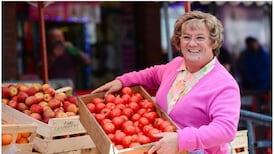Although it’s never quite true that the camera never lies, what with trick photography having been invented more or less minutes after the invention of photography, there is a level of truth in a single image that isn’t necessarily shared with a moving one.
It’s why, even in an age of rampant CGI and green screen, the on-set photographer is still so important. A single image, captured at just the right moment, in just the right light, can tell you more about a film than hours of YouTube clips. It’s a moment of revelation, captured in hundredths or even thousandths of a second, by one person aiming a lens.
That person is often Chiabella James, one of Hollywood’s most admired stills photographers. Her camera, and her eye, have been responsible for some of the most dramatic single images shot on the sets of, for example, Denis Villeneuve’s sci-fi epic Dune (the sequel to which is about to arrive in cinemas) or Tom Cruise and Christopher McQuarrie’s all-action Mission: Impossible – Fallout.
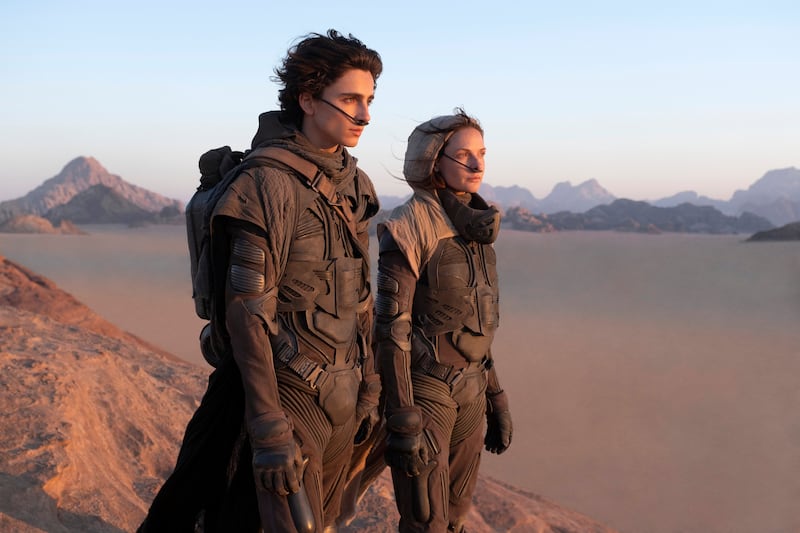
It almost wasn’t this way for James, who is about to come to Belfast to speak at the Rendr festival, which brings the best of film’s behind-the-lens stars to discuss their craft and their work. Not so long ago, far from travelling the world, she was working in a pub in the UK. To an extent she was actually on the run from the life just described: her father, David, is also a celebrated Hollywood photographer.
READ MORE
“I don’t think I thought about it, growing up,” says James. “My spring breaks, Christmas, whatever, they were spent on film sets. I obviously didn’t have a choice, really, but I would have done it anyway. I just wanted to spend time with him, but not just as a guest. I wanted to be part of the crew.”
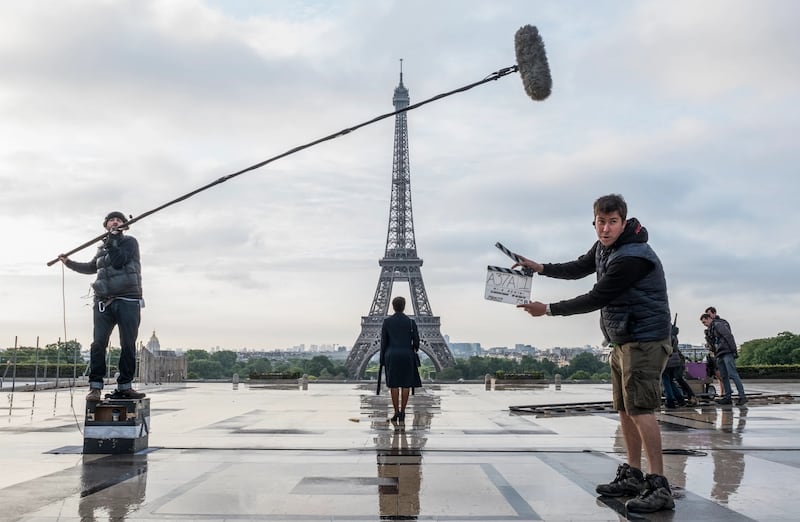
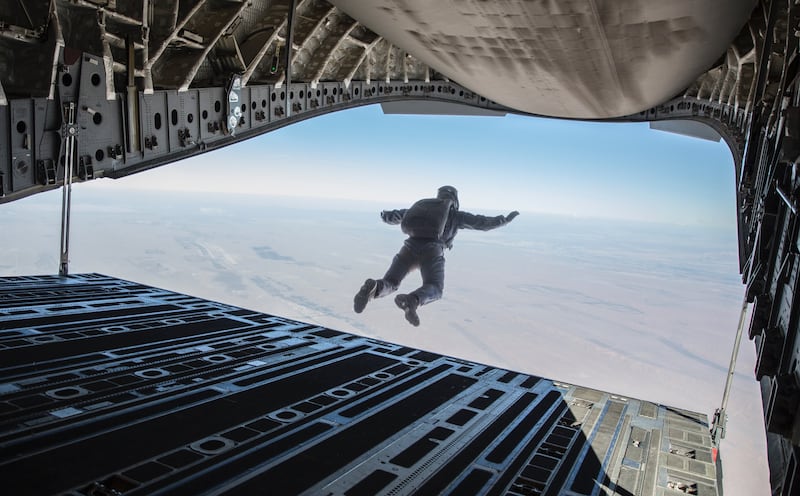
As she grew up, James became her dad’s assistant, even scoring course credit for her college education by doing so. While James snr was very much an old-school physical-film photographer – check out his remarkable shots from the set of Saving Private Ryan, many taken during the re-creation of the D-Day landings at Curracloe Beach, in Co Wexford, for proof of that – Chiabella got busy with Photoshop and essentially was her dad’s digital aide.
And that’s when the panic set in.
“I started hearing more and more ‘Your dad’s a legend,’ ‘Your dad’s amazing,’ and I was hearing that from the best people. From people I very much admired. And I started to have that 21-year-old’s panic of ‘I can’t do this. I can’t fill his shoes, and I’m just going to make myself miserable spending my life trying to be like him.’ So I became adamant that I was not going to be a stills photographer.”
So James decided to take a different tack, and started working on the production side of the film industry, with the intention of eventually becoming a full-blown producer herself. The producer essentially sews the threads of a film together so that it becomes a working set. The producer is the money man, the person who, generally, convinces the studio to make the film, hires the director, approves the script and calls the casting agents. It’s a big gig. But ...
“It wasn’t until I got to the end of my 20s that I realised that it just wasn’t fulfilling me,” says James. “I was in a job that didn’t satisfy me, and yet I kept getting promoted. Maybe it’s just that when you don’t actually care about something you kind of throw yourself into it. So I ended up in a position where I was promoted into a corporate film job, and I just went, ‘Nope, this is not the job for me.’ I’d been through some personal tragedies at that time, so my mental state was at a stage where I was much more acutely aware of how short life is, and that thrust me in a different direction.”
Back into photography? Not just yet.
“I didn’t know that this would lead back to photography,” she says. “I just knew I needed to go to something more creative. So I left my well-paid job in Los Angeles, and I went back to England, to reconnect both creatively and personally. That was 10 years ago.” She weighs her next words. “I think sometimes it takes hitting not quite rock bottom, but really having nothing. Having no idea who you are and what you want. Because it opens you up, and it takes you away from any set plan you have, or where you see yourself. So I was working in a pub, and starting to think that maybe I’d made the worst decision of my life.”
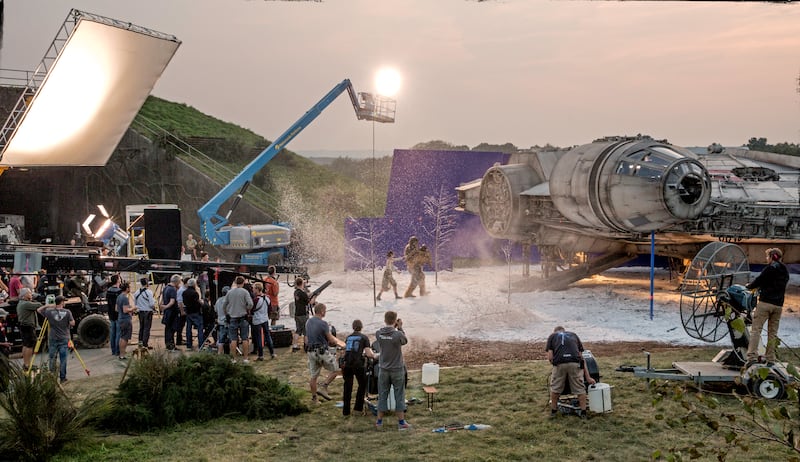
Then James’ dad comes back into the picture. “David came out to shoot Star Wars: The Force Awakens and saw how miserable I was,” says James. “He was a couple of weeks into shooting on set and was incredibly busy. The nature of those films is that they wanted every nook and cranny photographed, because anything could be something. There were multiple units shooting the film, and so much going on that he realised the job was now much more than just the stills photographer.”
Her dad offered her work helping out on the set and taking care of some of the admin and background tasks. At first she declined. “I was still in that space of, ‘No, no, I’m not taking your handouts. I’m not going to do your job.’ And I think he made some snarky comment about, ‘Okay, well, fine. Then stay in the pub and take your 70p tips.’ That one hurt. So I was, like, oh, okay, and I looked at it as an opportunity to work with him one more time, because I always loved that, and it was more of a sentimental thing.”
Inevitably, given the busyness of the shoot, James ended up with a camera in her hands, and some of her shots started making their way into the packages of images sent to the media or into the collections that would eventually make coffee-table books about the making of the film. She was back behind the lens. And just as a photograph shows the viewer so much, it can also show a lot to the person taking it.
“I think what it showed me was how fearful I was,” she says. “I thought I was so strong, rebelling against everything and forging my own path. But in retrospect that was nothing but fear. Actually, it was in me. I did want to do it. I don’t regret the decisions in retrospect, because I needed those 10 years of doing all these other things that never gave me that same love. They never gave me that same fulfilment, and I needed to experience that myself in order to really identify that this is where I belong.”
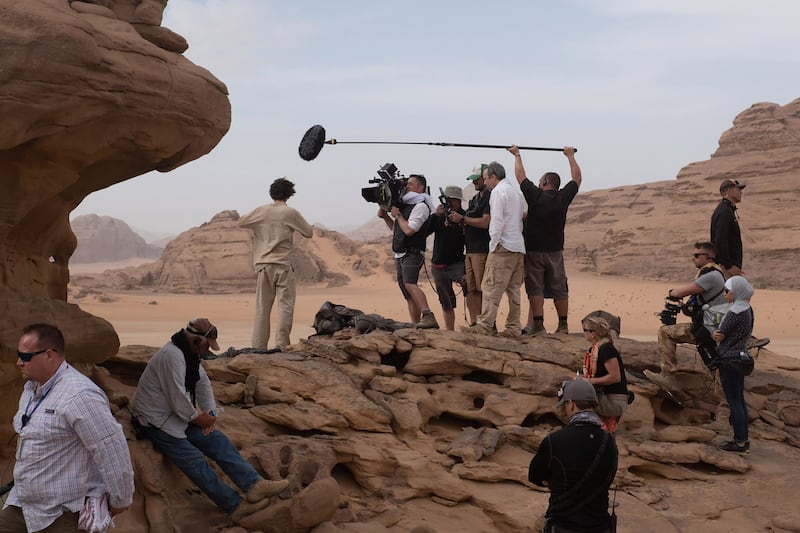
James’s work is now renowned around the world, especially her photographs from the production of Dune. She credits the film’s director, Denis Villeneuve, with creating the on-set atmosphere to enable her to do her job properly. “I’ve worked with some lovely directors who just let me get on with it. But they’re not necessarily engaged with what I’m doing. He’s lovely and engaged and understands if ever I’ve asked for an image that they needed to clear the set for safety, or there wasn’t space for me, he’d be the first to look at what I was shooting, and then look back at me and say, ‘We’ll make time for you at the end of the take.’”
James has to be able to squeeze herself on to a film set, often as close to the movie camera as possible, if she wants to capture that one iconic photo. But that’s getting harder, not because the crew or director don’t appreciate her efforts but because the move to shooting films on digital cameras rather than on celluloid means that simple things such as the frequent breaks to change the magazine of movie film just aren’t there any more, which makes the task of capturing the stills that much harder.
How do you actually do it, though? How do you take a film that lasts at least 100 minutes and come up with just one shot that represents the entire movie? “You can learn the technicalities,” says James. “You can learn the ins and outs of your on-set presence. And then, on top of that, you have to learn how to read the room, and I think that’s the innate part, being able not just to read the people in the room but at the same time being able to read the scene. To just instinctively know ‘I don’t need the before, I don’t need the after, I just need that one moment.’ And I couldn’t ever explain to you how I come to that. I just know it the second I watch the scene.”

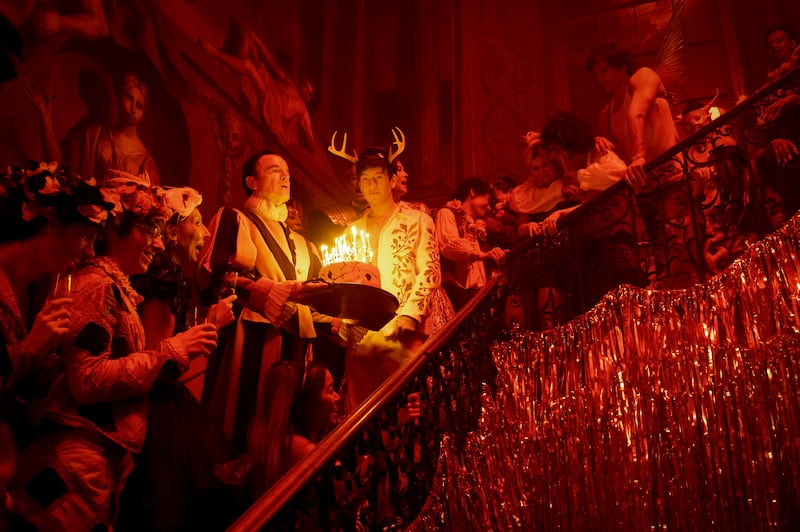
James was absent from the set of Dune: Part 2, as she was tied into shooting stills for Saltburn – which meant she was able to focus her lens on the Irish actor Barry Keoghan. One of her photographs is a beautiful, intimate shot of the Dubliner in the bath. Is it difficult to shoot an actor who is so clearly in a vulnerable position?
“Actors are definitely more reticent when they’re in a vulnerable position. However, my access is more dependent on the actor in question, their own comfort with the scene and also with the camera. It ranges widely. In this instance, Barry was very understanding of stills, and we had found a mutual relationship of trust and understanding, so he never questioned my presence on set and allowed me the access I needed to get the best shots of the scene and his character.
“Every set is completely different, and it’s not just about the subject and tone of the movie itself but also the film-making team on each. Every set is a new working environment, and while the obvious difference is in the creative aspect and the scenes and world that I’m photographing, there’s also a huge difference between the working conditions and atmospheres off camera that affect both my access and the experience of the job.”
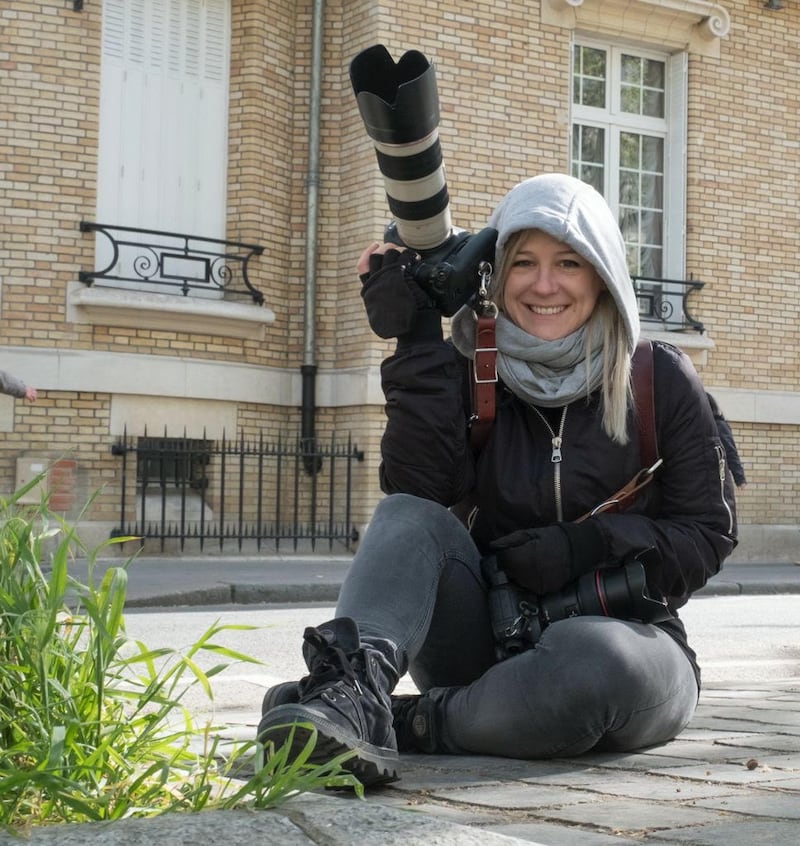
The day we speak is the day Margot Robbie and Greta Gerwig are snubbed for Oscar nominations for best actress and best director, in spite of the enormous global and financial success of Barbie. Is Hollywood still, I ask James, an awful place for women to work?
“It’s been hard, yes.” In the early days, “I would go on set and people would still say, ‘Oh, you’re a woman,’ which showed me how unusual it was then,” James says. “But I think I was fortunate in the timing. Actually stepping on to a male-majority film set, full of lots of old-schoolers? Well, I was raised by one, so I know how to deal with them,” she says, smiling. “I came up against that quite a lot. Still do get comments, to which I don’t take offence unless it’s blatantly rude, in which case they get called out. But the kind of misogynistic vibe? I just see it as an opportunity to re-educate them.”
The Rendr festival takes place in Belfast on Thursday, February 29th, and Friday, March 1st






